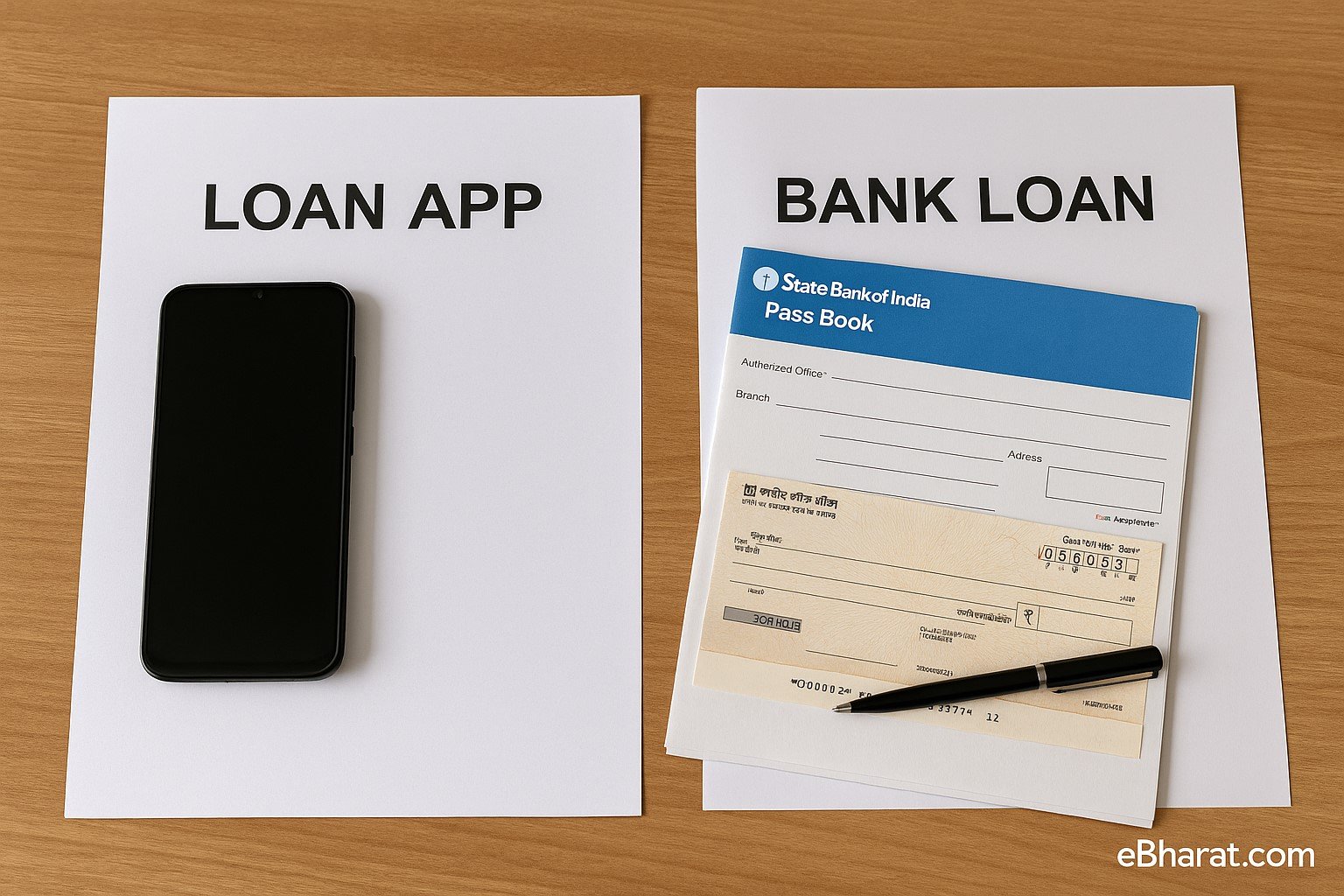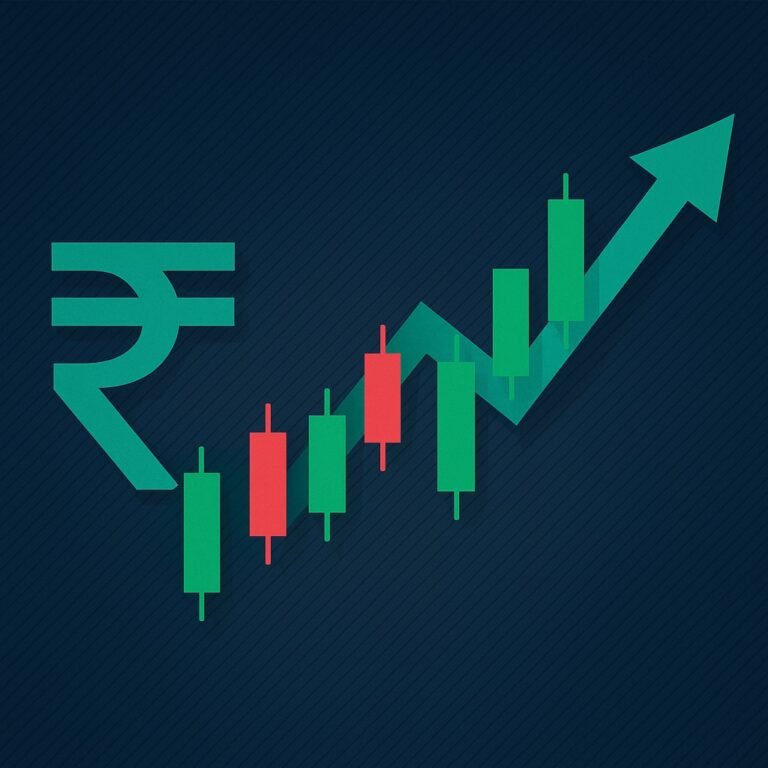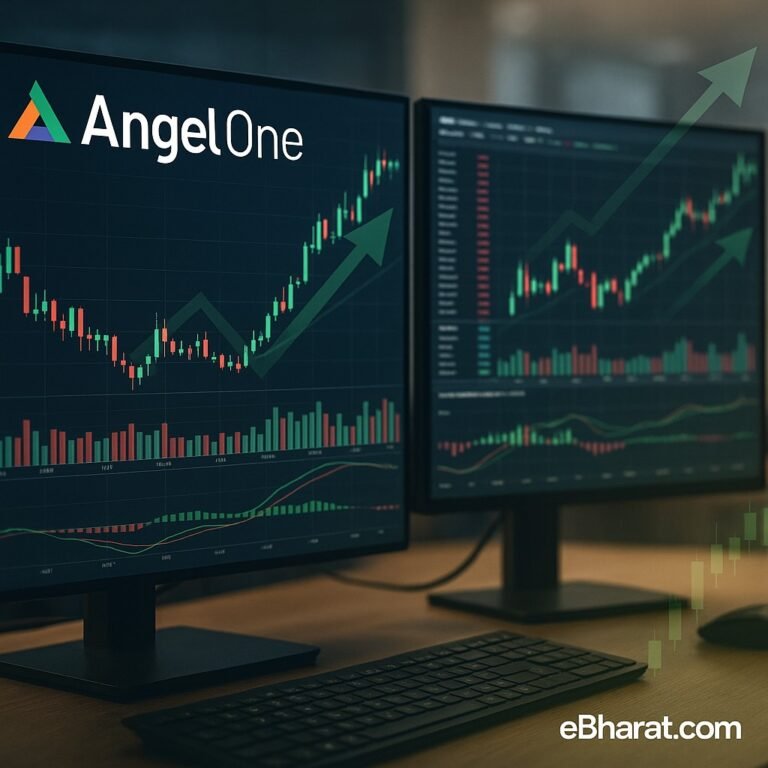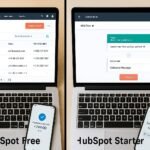
Borrowing money in 2025 has changed dramatically. Gone are the days when getting a personal loan meant standing in long queues at a bank branch, filling out forms, and waiting days for approval.
Today, with the rise of digital lending apps, you can apply, get approved, and receive money in your account in as little as 10 minutes — without leaving your home.
Sounds great, right? But just because it’s fast doesn’t mean it’s always the best choice. Let’s break down the pros, cons, and hidden risks of borrowing from lending apps versus traditional banks so you can make an informed decision.
Why Lending Apps Have Exploded in Popularity in 2025
Digital lenders like KreditBee, CASHe, Navi, MoneyTap, and others have gained millions of users thanks to:
- Speed: Approval and disbursal in minutes or hours.
- Paperless process: No physical documents needed.
- Accessibility: Many accept applicants with lower credit scores.
- Convenience: Perfect for gig workers, freelancers, and those without fixed salaries.
Example: Ravi, a delivery executive in Jaipur, needed ₹10,000 urgently to repair his bike. Without pay slips or time to visit a bank, he applied via a lending app and had the money in 30 minutes.
The Catch: Are Loan Apps Always Safe?
Not all loan apps are created equal. While registered, RBI-regulated lenders follow rules, many unregulated apps charge sky-high interest rates and have questionable recovery practices.
Debt traps: Easy money can lead to over-borrowing and repayment stress.
Interest rates: Can be as high as 30%–50% annually.
Hidden costs: Processing fees, late penalties, and prepayment charges can add up quickly.
Data privacy concerns: Some apps misuse personal information.
Pros & Cons: Lending Apps vs Banks
| Feature | Lending Apps | Banks & NBFCs |
|---|---|---|
| Approval Time | Minutes to hours | 2–7 days |
| Interest Rates | 30%–50% (in many cases) | 10%–14% for salaried borrowers |
| Documents Needed | Minimal | Income proof, ID, address proof |
| Regulation | Many unregulated; some RBI-registered | Strict RBI regulation |
| Loan Amount | Usually small to medium | Higher loan limits |
| Repayment Flexibility | Limited options | EMI restructuring & top-up loans |
Which One Should You Choose in 2025?
- Go with a bank or trusted NBFC if:
You have a stable job, good credit score, and can wait a few days for processing. The lower interest will save you a lot over time. - Consider a RBI-registered lending app if:
You have an emergency, need quick cash, and can repay in a short period.
Before Borrowing from Any Loan App, Check:
- Is it RBI-registered and legally operating in India?
- Is the lender’s name reflected in your credit bureau records?
- Are the interest rates and all charges clearly stated?
- Does the app have a clear and accessible customer support channel?
Pro Tip:
Always check your credit report after taking a loan — whether from an app or a bank. Multiple unsecured loans, especially from instant loan apps, can hurt your credit score.
Final Advice
In 2025, you have more loan options than ever before. That’s both a blessing and a risk. While lending apps bring unmatched convenience, they also carry higher costs and potential risks.
Don’t let flashy offers or “instant approval” buttons push you into bad debt. Choose a safe, regulated lender that matches your real financial needs — and always read the fine print before you borrow.
Thinking of Taking a Loan in 2025?
Compare interest rates, check RBI registration, and find the safest borrowing options in India before you commit. Make your loan work for you — not against you.
🔍 Compare Loan Options Now












